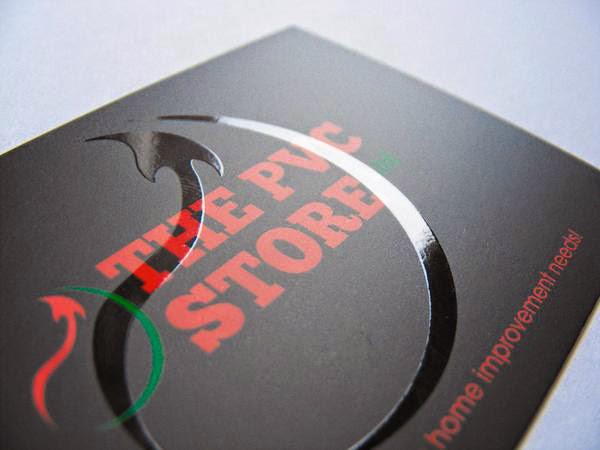Print Finishes
Us designers have to consider many essential things before we even start thinking about starting ideas. Weight, texture and distribution are all key things that have to be considered so it will be appropriate for the client and not too pricey.
Varnishes
Paper varnishes are applied to paper stock to give the page a smooth and consistent texture as well as having the added benefit of sealing the printed material to help preserve better. High quality books and magazines usually have a paper varnish.
Varnishes can be glossy like the example below:
Or matte:
Lamination
Lamination adds a layer of protective coating, often glossy or matte, to the printed surface while also improving its sturdiness and water resistance. Lamination also has the added benefits of improving the tactile feel of the printed surface, lending it a smooth finish. If a high gloss laminate is applied to the printed surface, photos images appear to have more contrast and have better sharpness, as shown below:
Matte Laminated prints:
Typically, lamination is used if sturdiness is required such as for business cards and soft covered books. It also turns out to be one of the most expensive print finishes.
Spot UV Varnish
Spot UV varnishes are paper varnishes applied to the printing surface and is cured or hardened by the UV light during the printing process. This results in a glossy coating on the surface of your print, as shown below:
UV Varnishes are usually used as a spot application where only specific parts of the page get a UV varnish.This effectively gives texture and focal interest to different areas of the printing surface while leaving other areas untreated.
Foil stamping is the use of a malleable metallic material applied to the print surface by using heat and pressure. It adds reflective properties to various elements of your design and can serve to add a bit of luxury to your project.
Typically, it is used on text and the logo on the page or when certain elements call for it.
Embossing
Generally, embossing refers to raising parts of the page for emphasis and texture.
Embossing also adds a tactile dimension to your design. Images and text are literally felt. The print finish adds physical depth to the embossed elements and thus, shadows and highlights are also produced in the design.
Often embossing can be combined with other printing techniques such as foil stamping to enhance the effects of both techniques.
Letterpress
Letterpress printing is one of the oldest printing techniques available. Some printers may call letterpress printing by the term debossing.
A letterpress is used to depress or indent certain portions of the page. It can be seen as the opposite of embossing. Traditionally, the letterpress technique was used only for applying ink on a page as a form of relief printing and usually for text. But it has evolved to also include pressing logos and other design elements directly into the paper substrate.
To summarise everything I have researched on different print finishes I have found it very useful as I wasn't aware of the many different ways to finish a print and the effect they all have. All of the techniques will essentially cost more but will be worth the satisfaction of a well designed piece of art. Its made me realise that the final stages in your design process should not be rushed but to really consider what will be the best format to execute your idea.
























